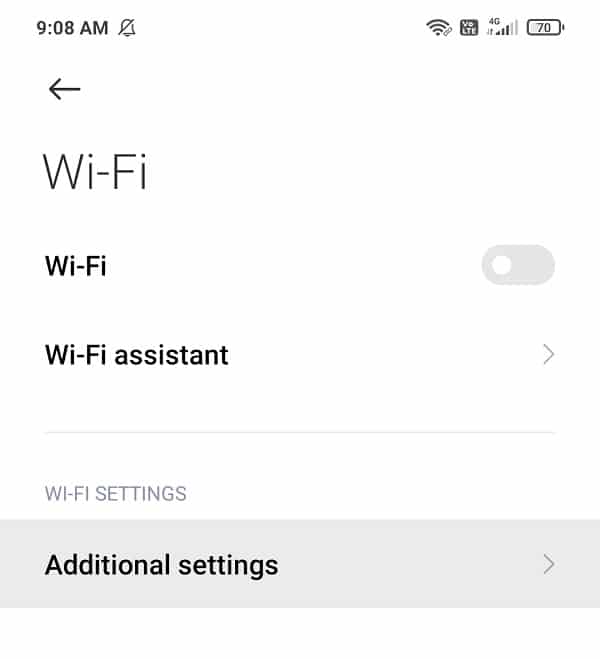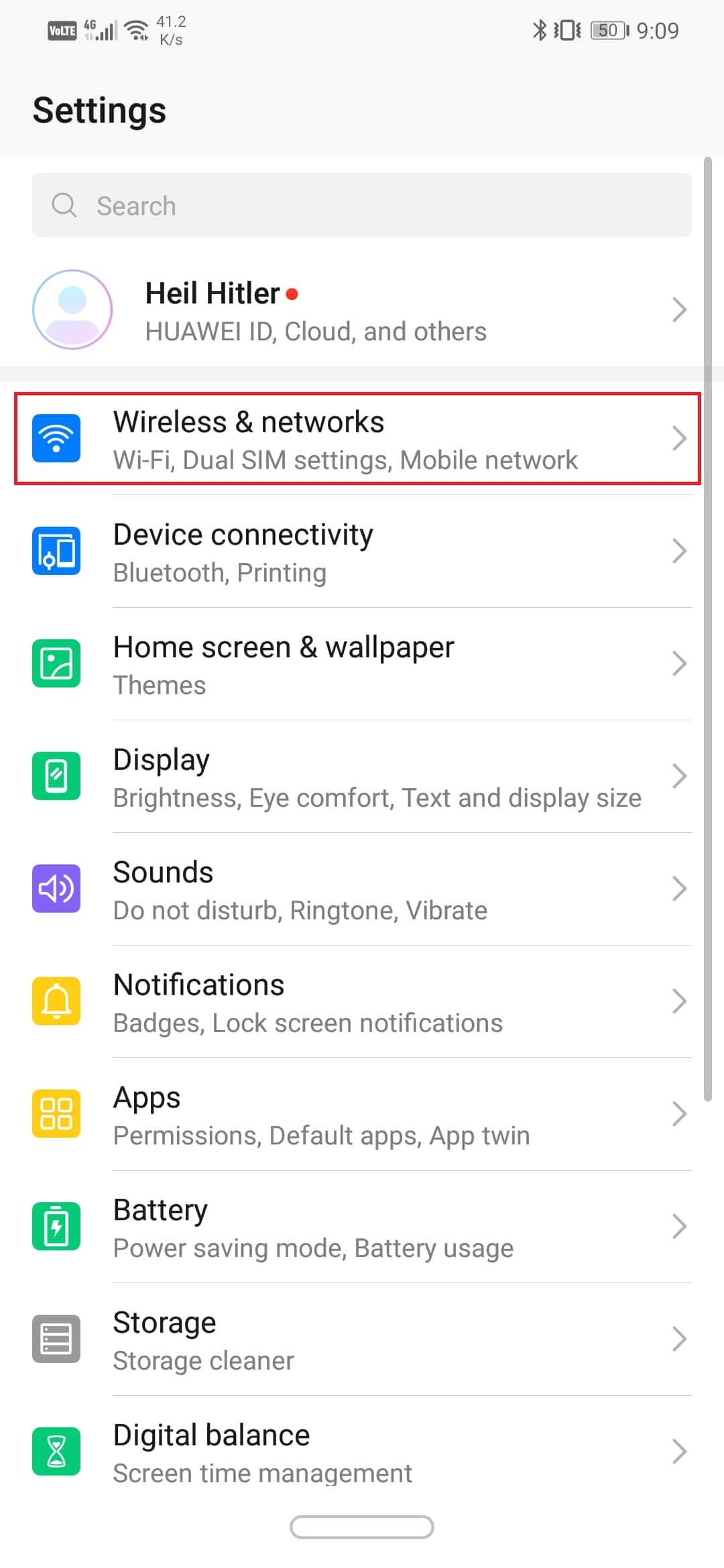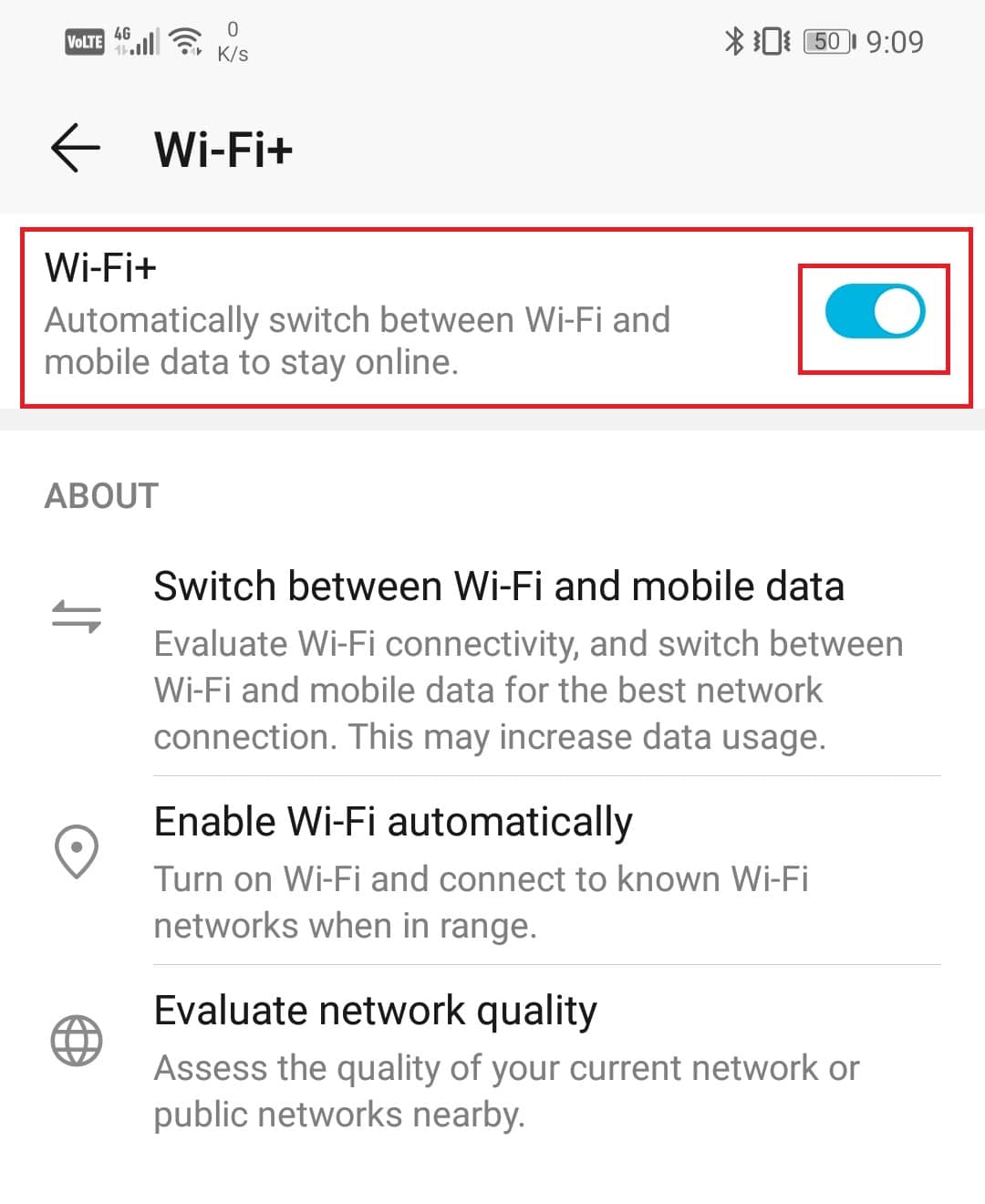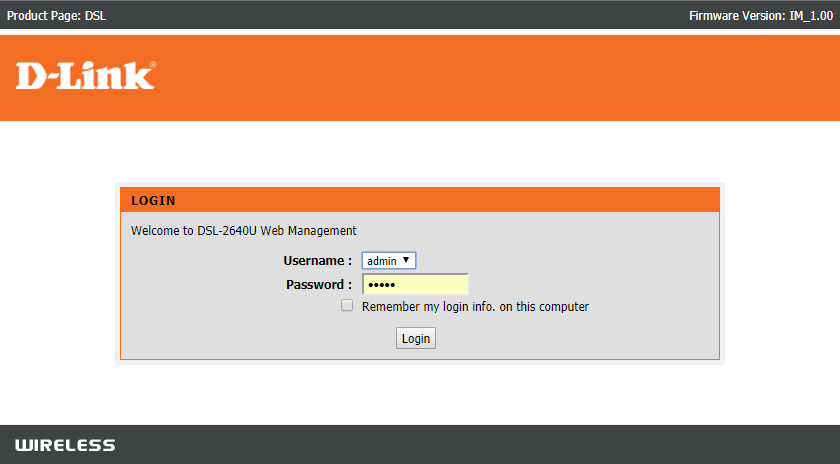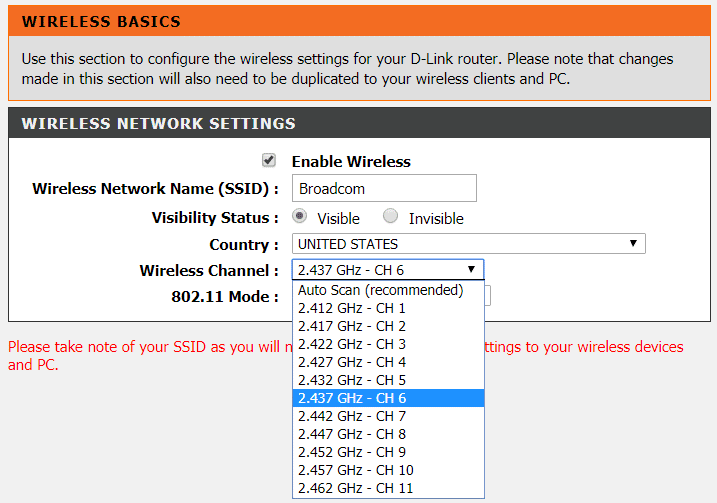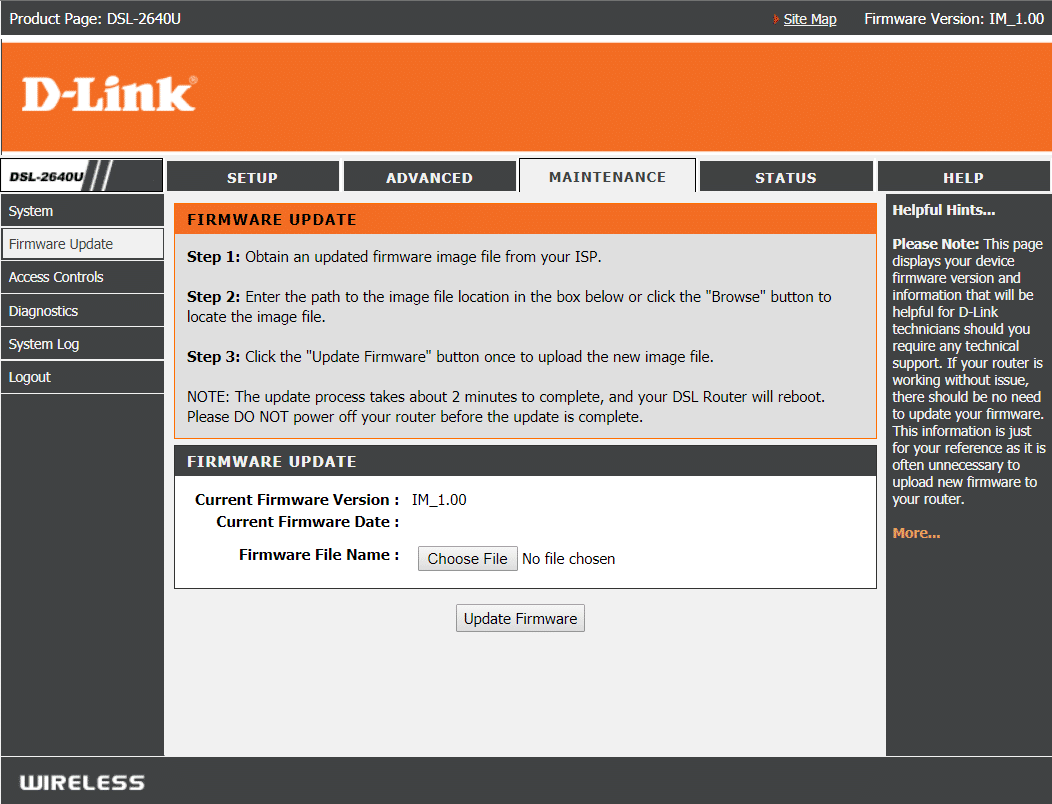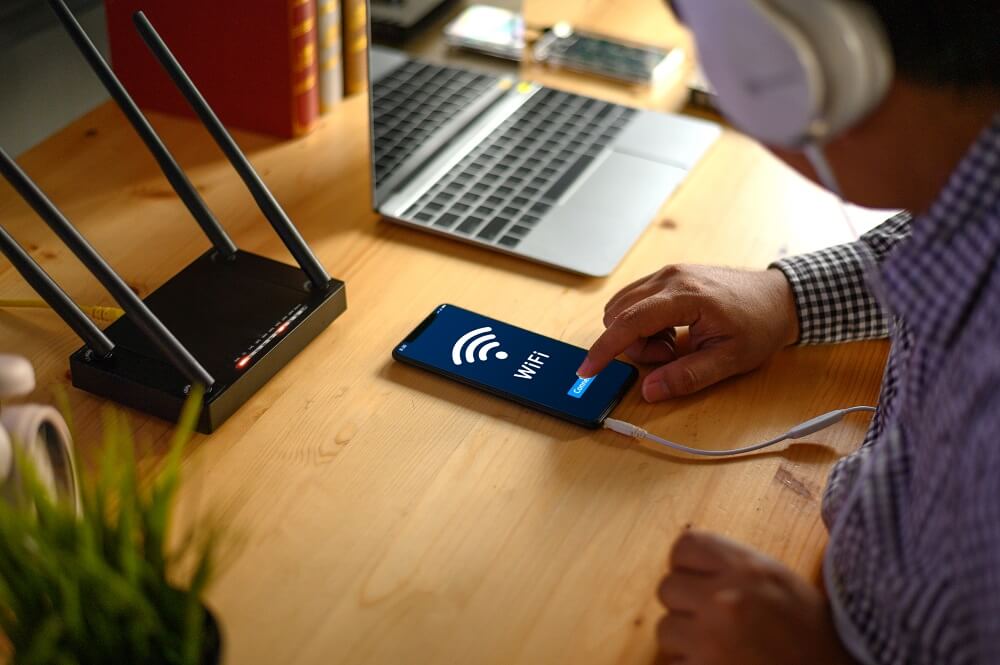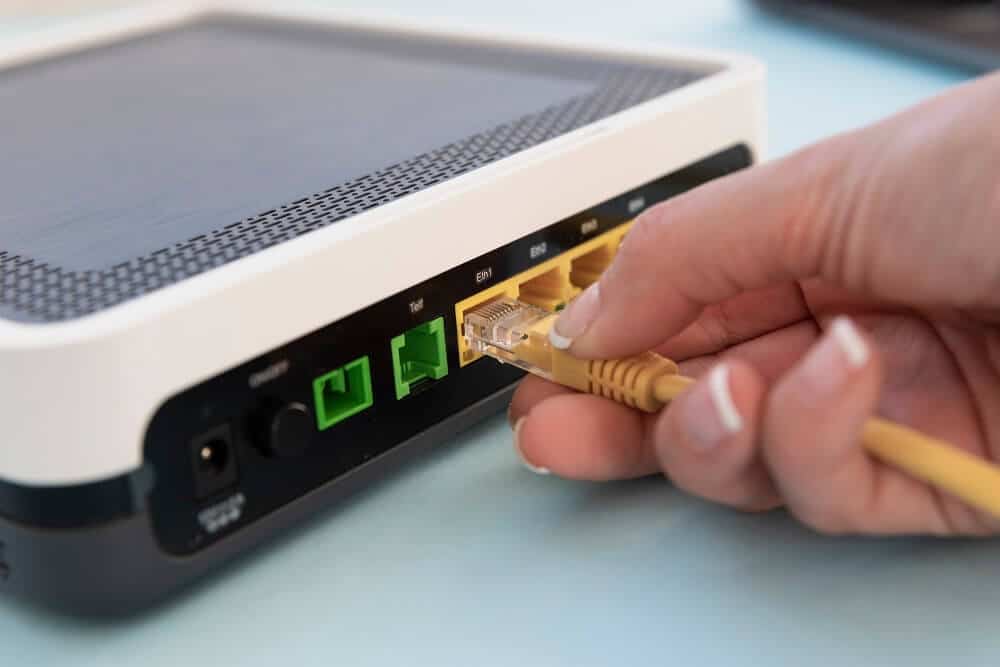While some of these involve tweaking a few settings on your others require you to make changes to your Wi-Fi router and its admin settings. The reason behind a slow internet connection and poor Wi-Fi signal strength could be manifold. It could be due to:
Poor internet connectivity at the internet service provider’s end. Outdated Routed firmware. Using a slower frequency band. Excessive traffic on the network. Physical obstructions. Misaligned settings.
Therefore, without any further ado, let’s get started with the list of things that you can try to boost the Wi-Fi signal on your Android phone.
How to Boost Wi-Fi signal on Android Phone
1. Check the speed of Internet Connection
Even if the strength of the Wi-Fi signal is strong, you might still experience lags and buffering if the internet connection is slow from the service provider’s end. The network service provider gives you an Ethernet connection which you attach to the Wi-Fi router. This Wi-Fi router now enables you to connect your Android phone and other devices to the network.
How to Boost Wi-Fi signal on Android Phone 1. Check the speed of Internet Connection 2. Tweak Wi-Fi Settings on your Android Phone 3. Change Wi-Fi Frequency band and Channel 4. Update the Router Firmware 5. Make sure that the Router is placed in an Optimal Location 6. Identify the best Access Point 7. Your Phone Case might be the Culprit 8. Eliminate Unwanted Freeloaders from your Network 9. Use a Signal Booster App 10. Time to invest in some new Hardware
If the Internet connection that is coming to your house via the Ethernet cable is not strong enough in the first place, then there is no point in trying to boost Wi-Fi signal strength. Therefore, the first thing that you need to check is the internet speed on the Ethernet connection. Instead of plugging it into a Wi-Fi router, connect the Ethernet cable directly to a PC or laptop, and run a speed test. If the download and upload speed are pretty low, then you need to contact your Internet service provider and ask him for a faster internet connection. However, if the internet speed is fast enough then you can proceed with the other solutions mentioned below.
2. Tweak Wi-Fi Settings on your Android Phone
Most Wi-Fi networks operate on the 2.4GHz frequency band. If there are multiple Wi-Fi networks in the vicinity then it might lead to weak Wi-Fi signal strength as there is overcrowding in the frequency band. The best alternative is to switch to the 5GHz frequency band. This will significantly improve the speed while compromising a little with the range. Since 5GHz has 45 channels instead of just 14 channels of 2.4GHz, it reduces clutter and chances of poor signal strength due to excessive traffic. Some Android devices allow you to choose a frequency band from the phone’s settings itself. Given below is a step-wise guide on how to boost the Wi-Fi signal on your Android Phone:
The first thing that you need to do is open Settings on your device.
Now tap on the Wi-Fi option and open the Wi-Fi settings.
After that go to the Advanced settings option.
Here, tap on the Wi-Fi frequency band and select the 5GHz option.
This will significantly improve the Wi-Fi signal strength. However, if this option is not available and you are not able to find this setting, then you need to change the Wi-Fi frequency band manually from the router’s firmware. We will discuss this in the next section. Now, in order to ensure an uninterrupted connection to the internet, most Android devices have this feature called Smart-switch or Wi-Fi+ that automatically switches to the mobile data when the Wi-Fi signal strength is weak. Follow the steps given below to enable this feature.
Firstly, open Settings on your phone.
Now tap on the Wireless and networks option and select Wi-Fi.
After that, tap on the three-dot menu on the top-right corner and select the Wi-Fi+ option.
Here, simply enable the toggle switch next to the Wi-Fi+ option.
Now your phone will automatically switch to a mobile network if the Wi-Fi signal drops. Hope this method helped you to boost the Wi-Fi signal on Android Phone. If not then try changing the Wi-Fi frequency band and channel. Also Read: Wi-Fi Standards Explained: 802.11ac, 802.11b/g/n, 802.11a
3. Change Wi-Fi Frequency band and Channel
While some Wi-Fi routers are capable of automatically switching to a different frequency band and channel, for others you have to do it manually. Doing so will prevent over-crowding on a single channel and thus improve the Wi-Fi signal. Ideally, we would suggest you switch to the 5GHz bandwidth as it has a lot more channels. You can also use free Wi-Fi scanner software to check channels that are being used by other networks in the vicinity. This will allow you to identify and choose a free channel and eliminate any chance of conflict. Follow the steps given below to see how.
- You will need to use a computer or laptop to access the router’s firmware. 2.Open a browser and enter the IP address of your router. 3. You can find this written on the back of your router or by using Command Prompt and typing “IPCONFIG” and pressing Enter.
4. Now you need to sign in using your username and password. By default, both of them are the admin. This information is also provided on the back of your router.
5. Once you have logged in to the router’s firmware, you will be able to make different kinds of admin changes. 6. Now you need to look for the Settings to change the frequency band and the channel. It is usually found under General Settings but might vary from one brand to the other. 7. If your router supports 5GHz then go ahead and select that. 8. After that you need to choose a particular channel that is not being used by neighbouring networks. You can click on the link provided above to download and install a Wi-Fi scanner to avail this information.
9. Usually most routers allow you to use the same SSID and password for the Wi-Fi network even after changing the frequency band. Otherwise, you will have to give a new name or SSID for this network. 10. Finally, save all these changes and then try connecting your Android phone to the network. You can run a speed test and you will notice a significant increase in the Wi-Fi signal strength.
4. Update the Router Firmware
As mentioned earlier, an outdated router firmware could be the reason behind a weak Wi-Fi signal. Therefore, upgrading the firmware is an easy way to boost your Wi-Fi signal. Start with logging in to your firmware by entering the IP address on a browser and then signing in with your credentials. Most Wi-Fi router firmware will have a dedicated Update button in the Admin Settings option. Depending on the brand and interface, it can also be listed under Advanced settings.
However, for some old routers, you will have to manually install an updated version of their firmware. You will have to go to the Support page of the router’s brand and download the setup file for the latest firmware. It seems a little tedious but we would still strongly recommend you walk the extra mile as it would be completely worth it. Also Read: Slow Internet Connection? 10 Ways to Speed up your Internet! Apart from boosting your Wi-Fi signal, it will also bring better and new features to the table. It will improve network security measures and make it difficult for hackers to break into your network. Therefore, we will strongly recommend you to keep your router’s firmware updated at all times.
5. Make sure that the Router is placed in an Optimal Location
Physical obstructions like a wall can significantly affect the signal strength of your Wi-Fi router. You might have kept your router in a convenient spot like a cabinet or atop a cupboard but unfortunately, this location might not be ideal for your Wi-Fi. This is because the network coverage is not uniformly distributed at all the points in your house. Physical obstructions and factors like nearness to a window significantly affect the signal strength. The best location for your router would be somewhere in the middle of the room with ample open-air circulation around it. Thus, if your router is placed in a covered-up spot, like behind boxes or in the bookshelf, then you need to remove it from there and place it in a better spot. Additionally, the presence of heavy electrical appliances around the router can interfere with the Wi-Fi signal. So, make sure to remove any such appliances from the vicinity of your router.
There are a number of apps available on the Play Store that will allow you to analyze the various signal spots in your house. It will enable you to identify regions in your house where the signal reception is strong and weak respectively. One such example of a Wi-Fi analyzer app is the Wi-Fi Analyzer. This app will help you to find an ideal spot for your Wi-Fi router.
6. Identify the best Access Point
As the name suggests, an Access point can be considered as a gateway that allows your phone to connect to the internet using the Wi-Fi signals emitted by the router. Identifying the best access point enables you to connect to the strongest network in the region. Often, Android mobiles automatically connect to a signal access point by default, even though a stronger Wi-Fi network is available nearby. For example, you are in a public space like an airport, railway station, or mall and there are multiple open Wi-Fi networks available. When you turn on Wi-Fi on your device, it automatically connects to any one of these networks at random. This might not be the best access point in that region. Therefore, to boost your Wi-Fi signal on your phone, you need to manually identify the best Access point. Apps like Wi-Fi Analyzer will help you to do so. You will be able to see all the Wi-Fi networks and the access points associated with them along with their signal strength. Thus, the app singles out the strongest Wi-Fi network in your vicinity. Additionally, it also networks information like the IP address, DNS, network gateway, etc. Unless you are an advanced Android user, you wouldn’t need this information as such.
7. Your Phone Case might be the Culprit
It might seem implausible but sometimes your phone case is responsible for weak Wi-Fi signals on your phone. If you are using a strong and sturdy phone case that has metal in it then chances are that it is obstructing the Wi-Fi signal. The best way to make sure is to take a speed test with and without the phone case and notice if there is a significant difference in the speed. You can use the speed test app by Ookla for this purpose. If there is a significant difference then you need to replace the phone case with something less restrictive and devoid of metal.
8. Eliminate Unwanted Freeloaders from your Network
If your home Wi-Fi network is open or has a weak password, then our neighbours can easily gain access to it. They might be using your Wi-Fi without your permission and as a result, you are experiencing a slow internet connection. The available bandwidth on your Wi-Fi router is equally distributed among all the people who are using your Wi-Fi network. Therefore, an effective way to boost the Wi-Fi signal on phone would be to get rid of unwanted freeloaders from the network. You can use your router’s firmware to get a list of all the devices that have access to your network. It will also tell you how much data is being consumed by these devices. If most of these devices belong to strangers, then go ahead and block them. You can also limit the bandwidth available to these devices using the QoS (Quality of service) tools available on your router’s firmware. Once you have kicked out the freeloaders, proceed with setting up a strong password and security protocol. We will recommend you to use a WPA2 protocol along with a strong alphanumeric password which is difficult to crack. Also Read: How to Limit Internet Speed or Bandwidth of WiFi Users
9. Use a Signal Booster App
Believe it or not, there are several apps on the Play Store that claim to boost your Wi-Fi signal. You can give it a try and see if it makes any difference to the signal strength on your Android phone. These signal booster or Wi-Fi booster apps not only improve the speed of your Wi-Fi but also your mobile data. However, not all of them work properly, and thus we would recommend you to try only those apps that have a rating higher than 4.0 on the Play Store.
10. Time to invest in some new Hardware
If none of the above methods has a significant effect on the Wi-Fi signal strength then it is probably time to make some big changes. Since the strength of the Wi-Fi signal primarily depends on your router, the best way to improve its strength is to upgrade to a better and more advanced router. An old and outdated router can in no way provide the same level of performance as that of the new ones available in the market. Most people use the older 802.11n which caps the maximum bandwidth at 300Mbps or 802.11g which has an upper limit of 54Mbps. If you want to significantly boost the Wi-Fi signal on your Android phone, then you should opt for the new 802.11ac routers that support speeds up to 1Gbps. You can also look for routers with multiple vertical antennas for better signal reception. New and advances routers also bring different types of useful features like better band selection, better band steering, QoS features, etc. Some even have Multi User-Multiple Input Multiple Output (MU-MIMO) that allows you to send and receive data from multiple devices without any reduction or distribution of bandwidth.
However, if you are not prepared to replace your router just yet, or your house is too big to be covered by a single router, then you can purchase a Wi-Fi range extender. A standard Wi-Fi router designed for home use cannot send a strong signal at all the corners of your house. If you have multiple floors in your house then a single router can’t cover the entire area. The best way to ensure proper coverage is to purchase a Wi-Fi range extender. These extenders will also help you to overcome physical barriers like walls. A slightly more expensive option is to set up a Wi-Fi mesh system. A mesh system has a connection of nodes that you have to strategically place to cover different spots at your home or office. These nodes will pick up the signal from the nearest node and extend it. Thus, it is implied that one node will be connected to the modem and the next will be placed at a distance within which it can pick up a strong Wi-Fi signal and then share it with the next node. Recommended:
How to Boost Internet Speed on Your Android Phone How To Speed Up A Slow Android Phone Fix Android Wi-Fi Connection Problems
With that, we come to the end of this article. We hope this guide was helpful and you were able to boost the Wi-Fi signal on your Android Phone. Having a slow internet connection is really frustrating, especially at the time of this pandemic as most of us working from home. Having a strong Wi-Fi signal is very important for work and also to fight boredom by streaming your favourite movies and shows. All these solutions discussed in this article will definitely help you boost your Wi-Fi signal network. If you are still experiencing slow internet speed, then you need to talk to your Internet service provider and ask him to fix it from his end. You can also consider upgrading to a higher plan with more bandwidth.

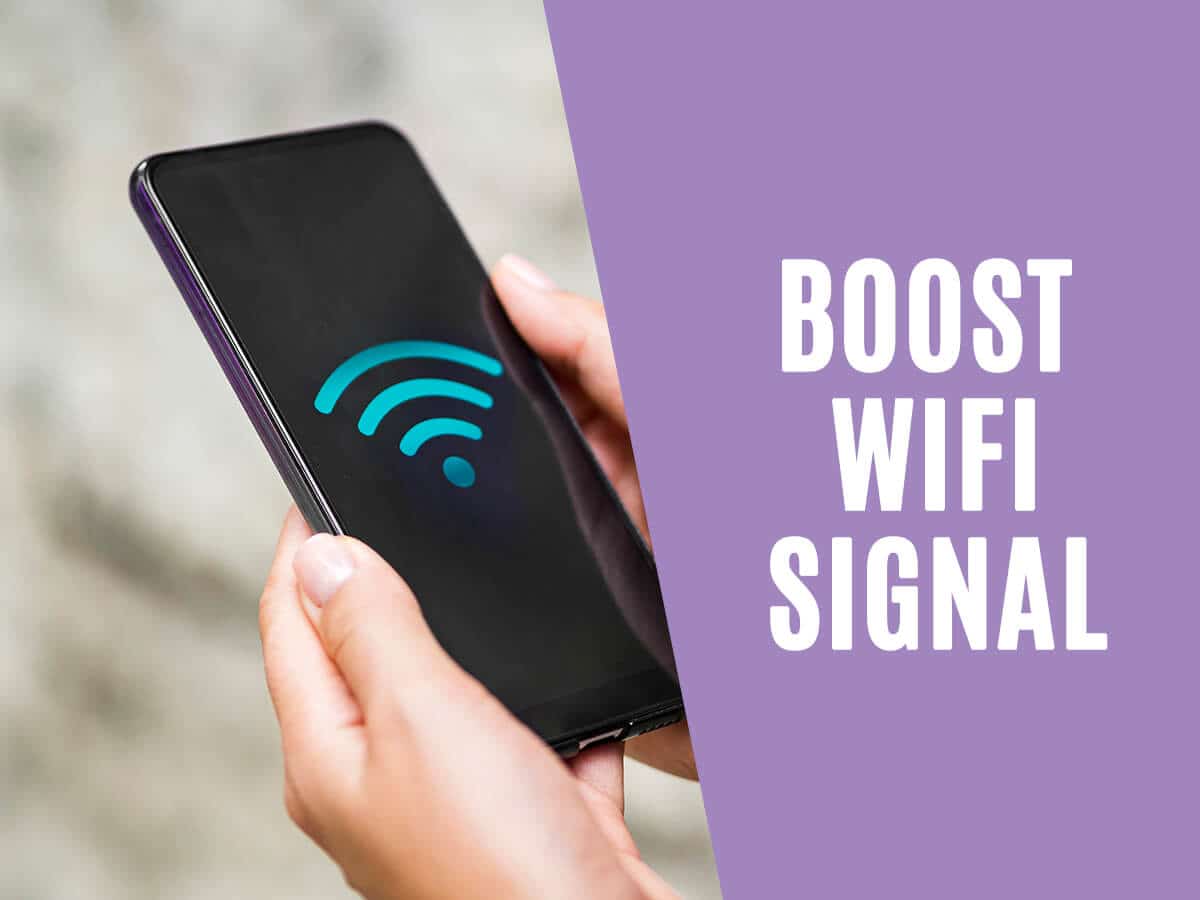
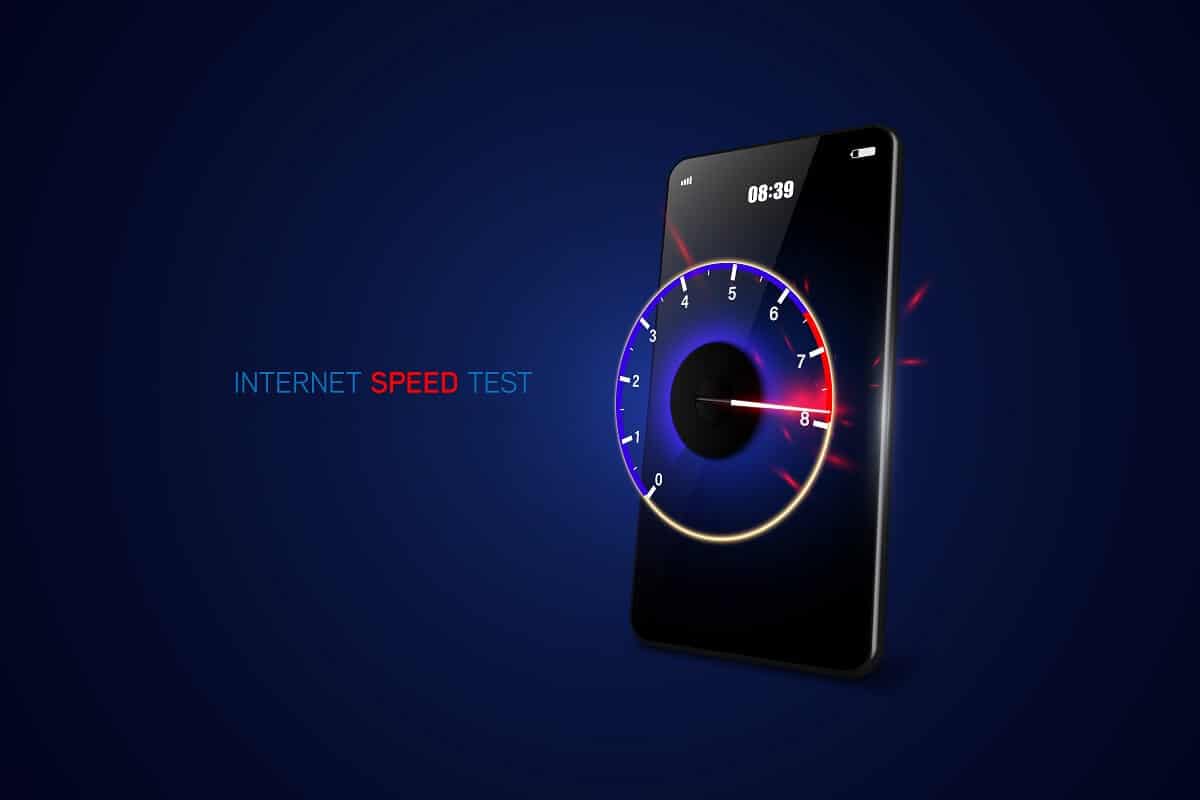
![]()
